Thank you for getting social about animal agriculture! Share any of the following graphics to your social media pages!

The universal pig ear notching system marks the right ear to designate the litter number and the left ear to identify the individual piglet in that litter. Farmers use this system to monitor animal health and provide specialized care to each pig! https://bit.ly/3iokzIT
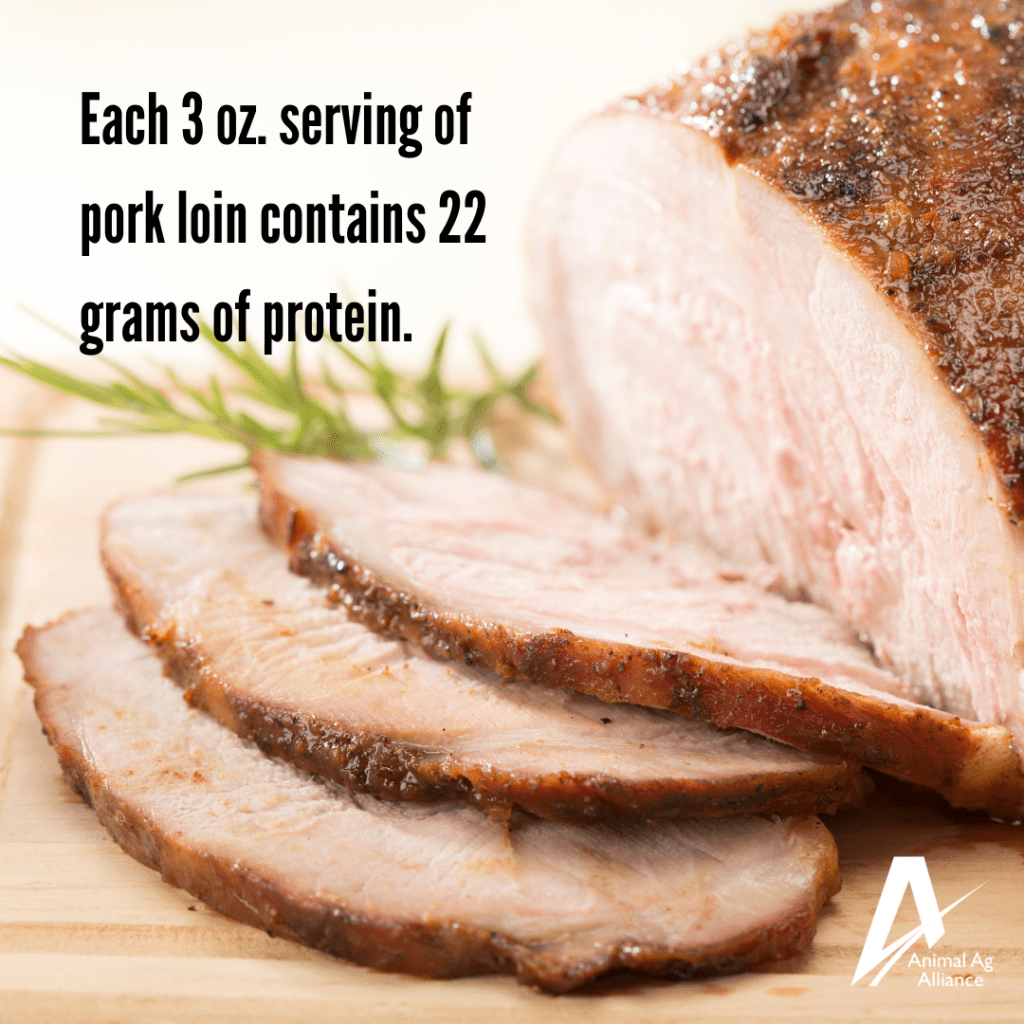
Pork contains 11 key nutrients and is packed full of protein! https://bit.ly/45loHM7
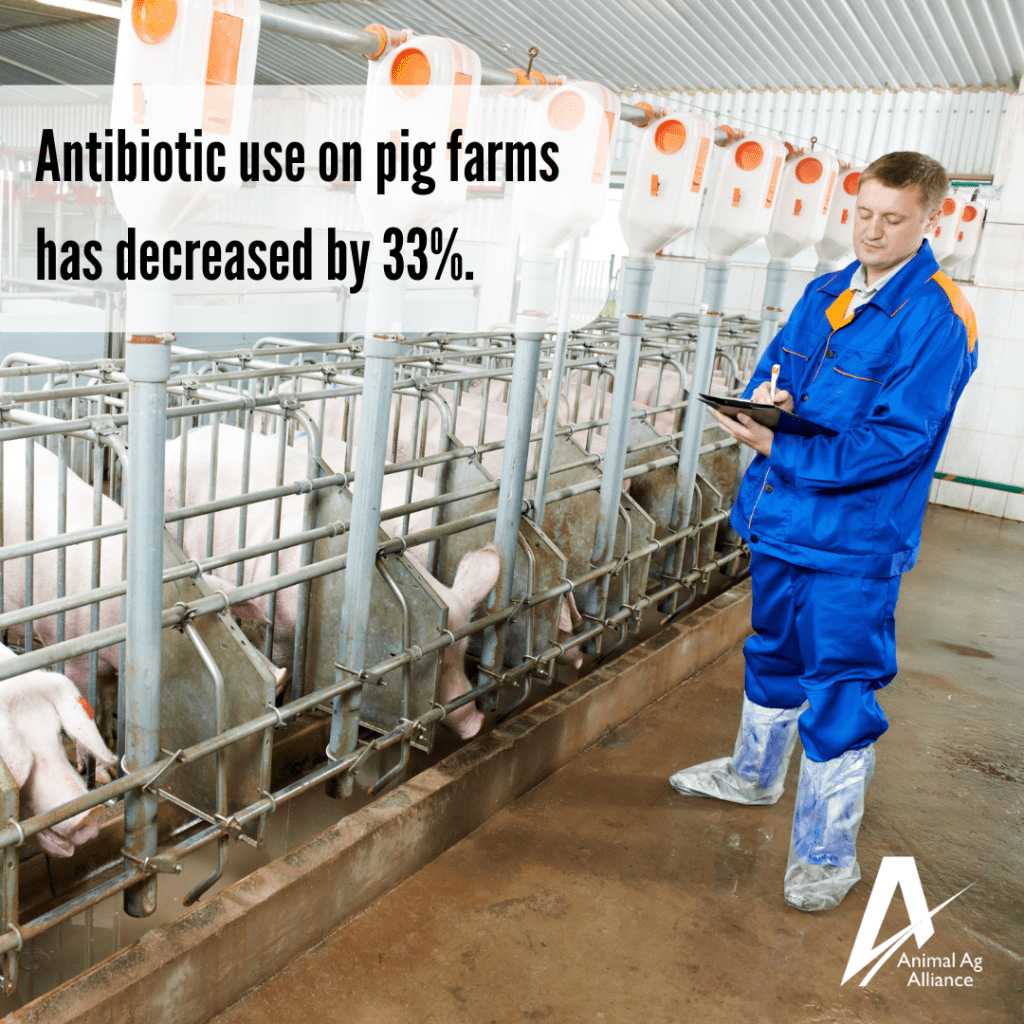
Pig farmers are dedicated to using practices that support healthy animals and healthy people! https://bit.ly/3rNo9ko

Manure provides 3 main benefits: 1. It’s a natural fertilizer. 2. Improves overall soil quality and helps prevent erosion. 3. Generates biofuels helping to reduce use of non-resusable fossil fuels. https://bit.ly/2TkmRcu

Digital contact-tracing makes pig health data available to the USDA and state animal health officials, allowing farmers to be notified on day one of a foreign animal disease. https://bit.ly/3k9Hh88

Biosecurity is a top priority for pig farmers to keep their animals healthy. https://bit.ly/2ViacrN

Keeping a detailed herd management plan assures long-term pig health while securing the safety of animals and workers! https://bit.ly/34wTBlx

Pig farmers are as diverse in practice as they are in number – from owning or working smaller, direct-to-consumer farms to larger, commercial farms! bit.ly/3BSQnen

The pork community is always working to reduce its environmental impact through conservation, recycling, land management, water quality, air quality and manure management! https://bit.ly/34wTBlx
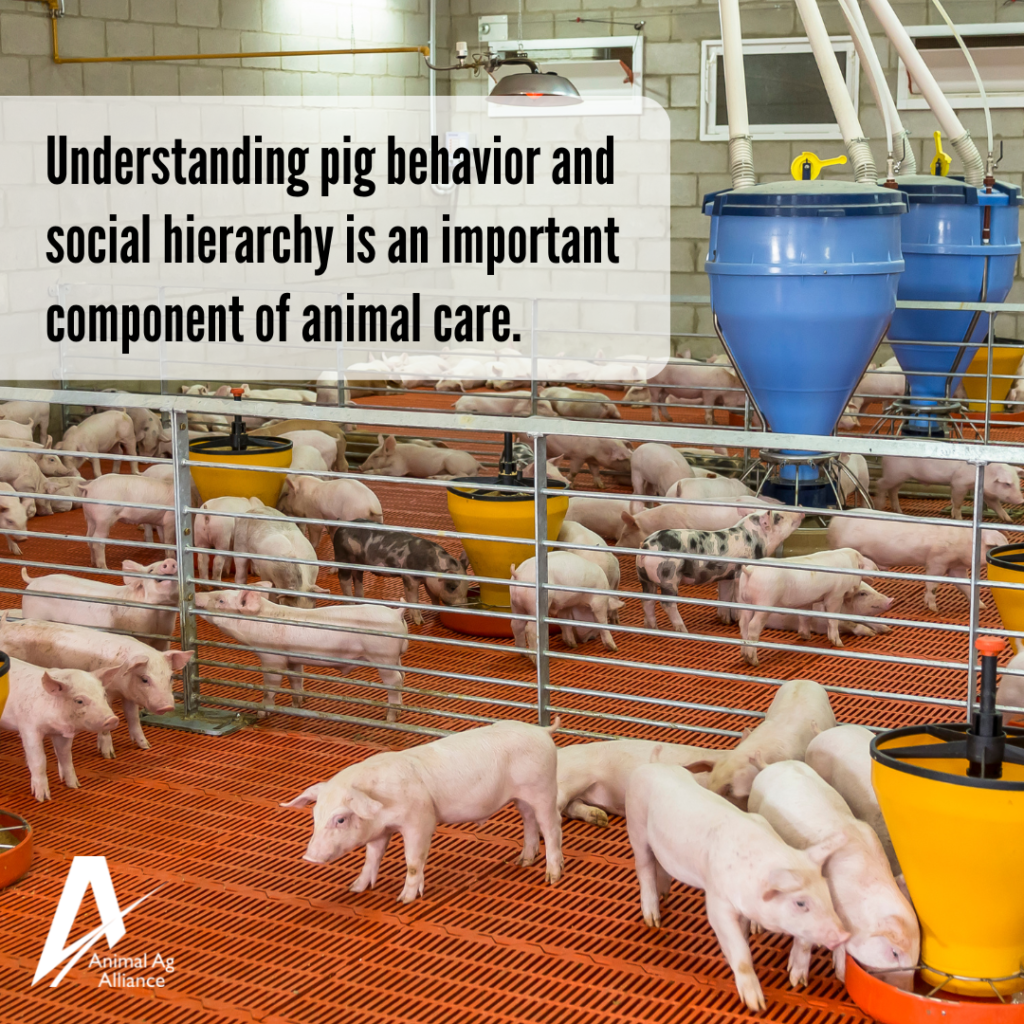
Understanding pig behavior is essential. They establish social structures with higher & lower ranking animals that can cause problems in group settings, so farmers use that knowledge to mitigate problems and maintain or improve animal care and welfare. https://bit.ly/3BAPp89.
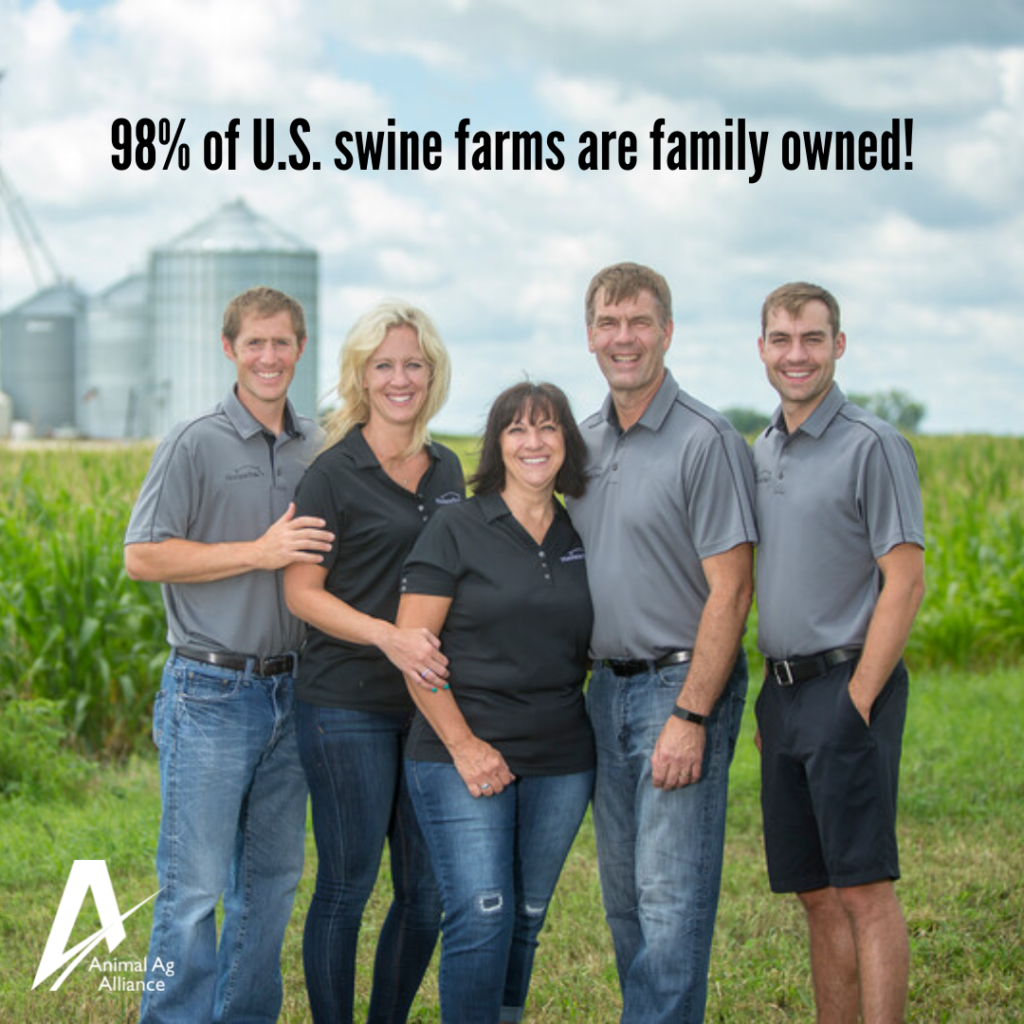
Behind each swine farm is a family and employees who are committed to animal well-being, protecting the environment, and using technologies and practices to ensure food safety! https://bit.ly/3vzx7R0
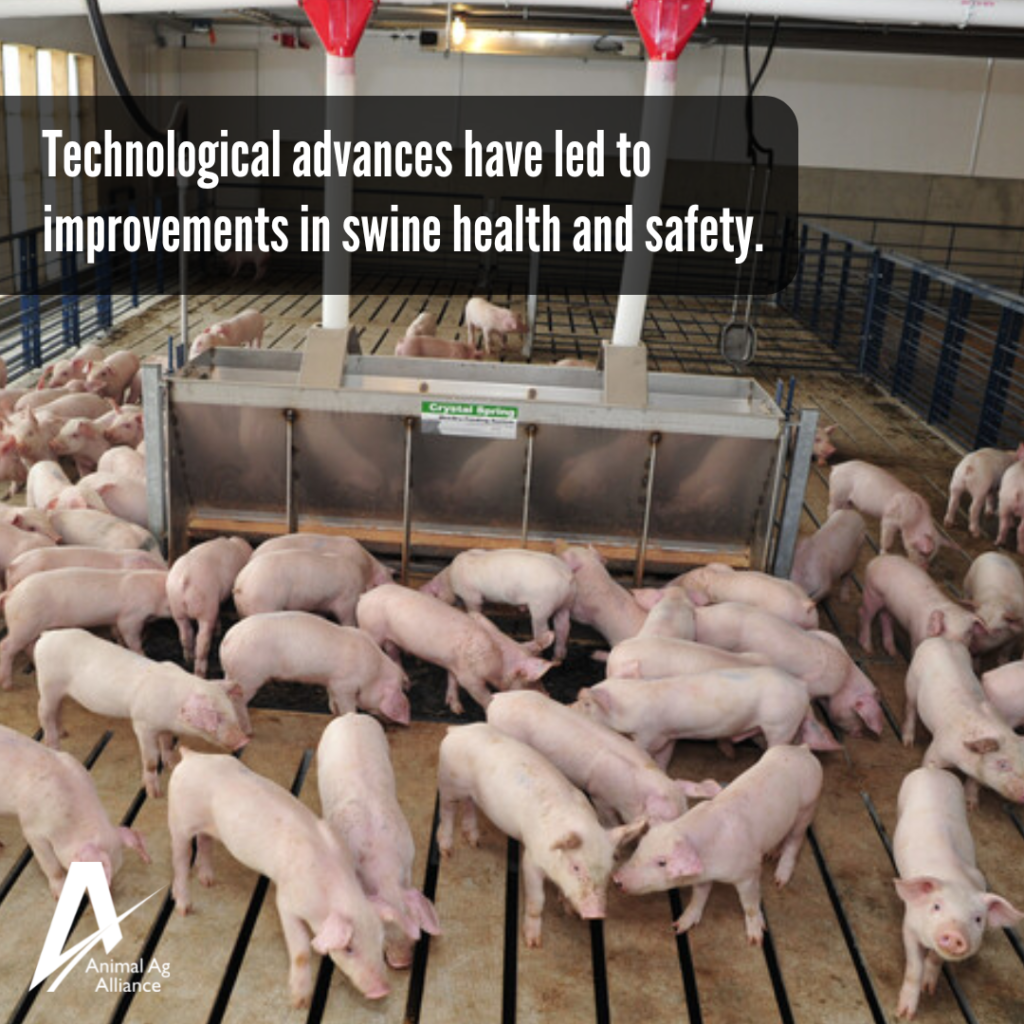
Research has led to improvements in technology and management practices to maintain and improve animal wellbeing, food safety, and the environment. https://bit.ly/3zRZYCD
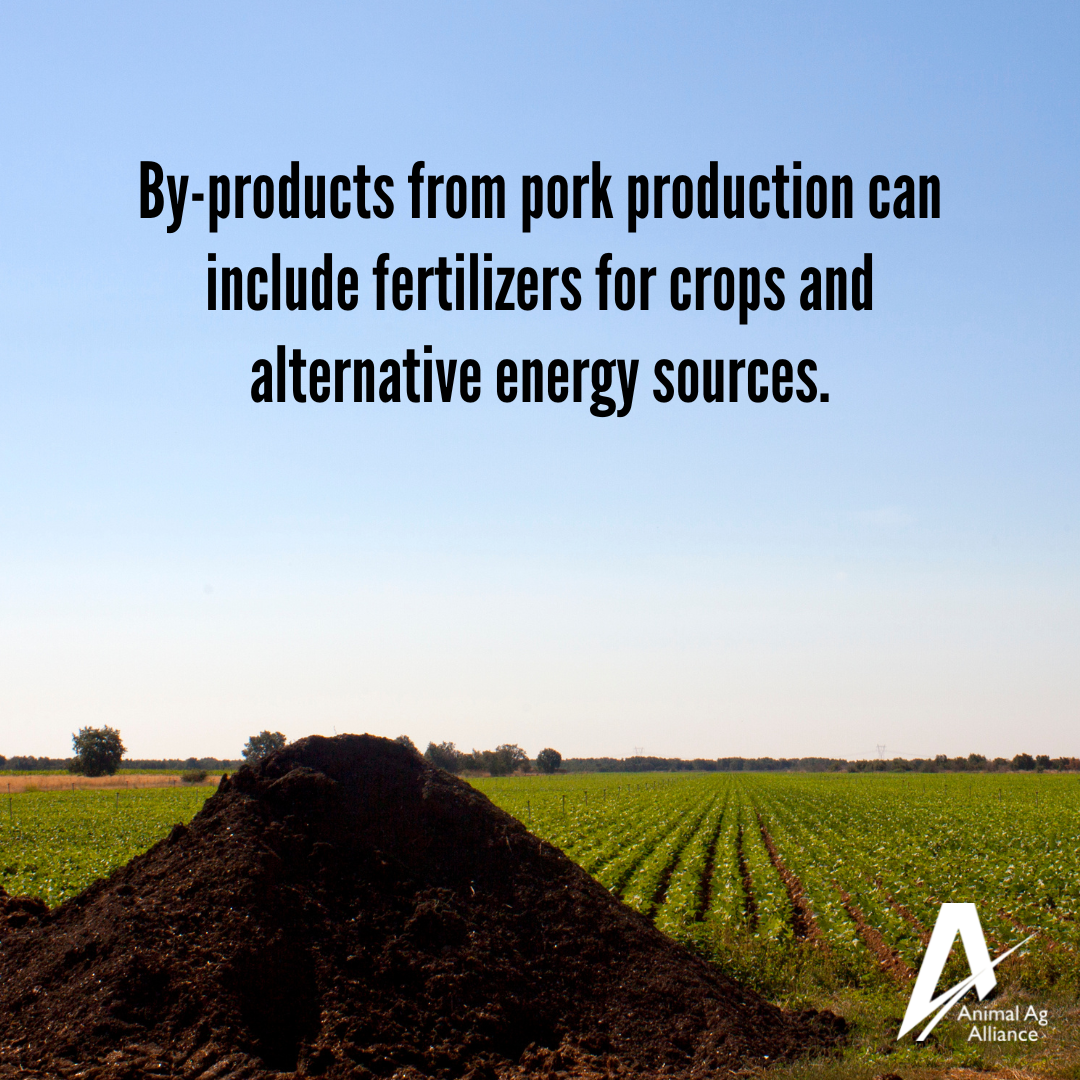
Pork isn’t the only thing we get from swine production. https://bit.ly/3bkVtqQ

Biosecurity measures are in place to prevent the introduction and spread of disease. This can be “shower-in, shower-out”, downtime of visitors, preventing entry of wildlife, sanitizing equipment, and not traveling from farm to farm. https://bit.ly/2ViacrN

Thanks to continuous improvements in nutrition, animal handling and veterinary care, pig farmers are able to produce more pork with fewer resources! https://bit.ly/3ADMr05
 Between 2018 and 2020, more than 69,000 farmers and farm employees were certified through the pig community’s flagship animal welfare program, PQA Plus. bit.ly/3uHHGQv
Between 2018 and 2020, more than 69,000 farmers and farm employees were certified through the pig community’s flagship animal welfare program, PQA Plus. bit.ly/3uHHGQv

Pigs are typically raised indoors where they are protected from extreme temperature, predators, and parasites. Most barns have curtains that can be raised or lowered to let in fresh air and sunlight! bit.ly/3ADMr05

Pig farming is continuously advancing to reduce its environmental footprint. Some farms are already carbon neutral or negative! https://bit.ly/3Y1l1f0

Today’s pig farms have a standard set of principles in place to guarantee proper animal care and food safety: working closely with veterinarians, disease prevention, animal nutrition, worker training, and accurate recordkeeping. bit.ly/3tTxBRh

Despite the fact that pork production today only accounts for 0.3% of U.S. greenhouse gas emissions, pig farmers have committed to going even further to safeguard natural resources for future generations. bit.ly/3LswVbJ

No part of the pig is wasted. Pigs not only provide high-quality protein; they also contribute important by-products to other industries! https://bit.ly/2XRwXqa

The majority of pigs are raised in barns that use technology like fans, misters, and heaters to keep the animals comfortable all year round. Barns can also be helpful in providing animals with clean fresh feed and water daily. https://bit.ly/2JWXJ6Y

Pork is the most consumed animal protein in the world! Tell us in the comments your favorite way to enjoy it! https://bit.ly/406l379

Pig farmers take steps to minimize their environmental impact by working with scientists, conservationists, government agencies, and members of their local communities to address issues! https://bit.ly/3HagwIj
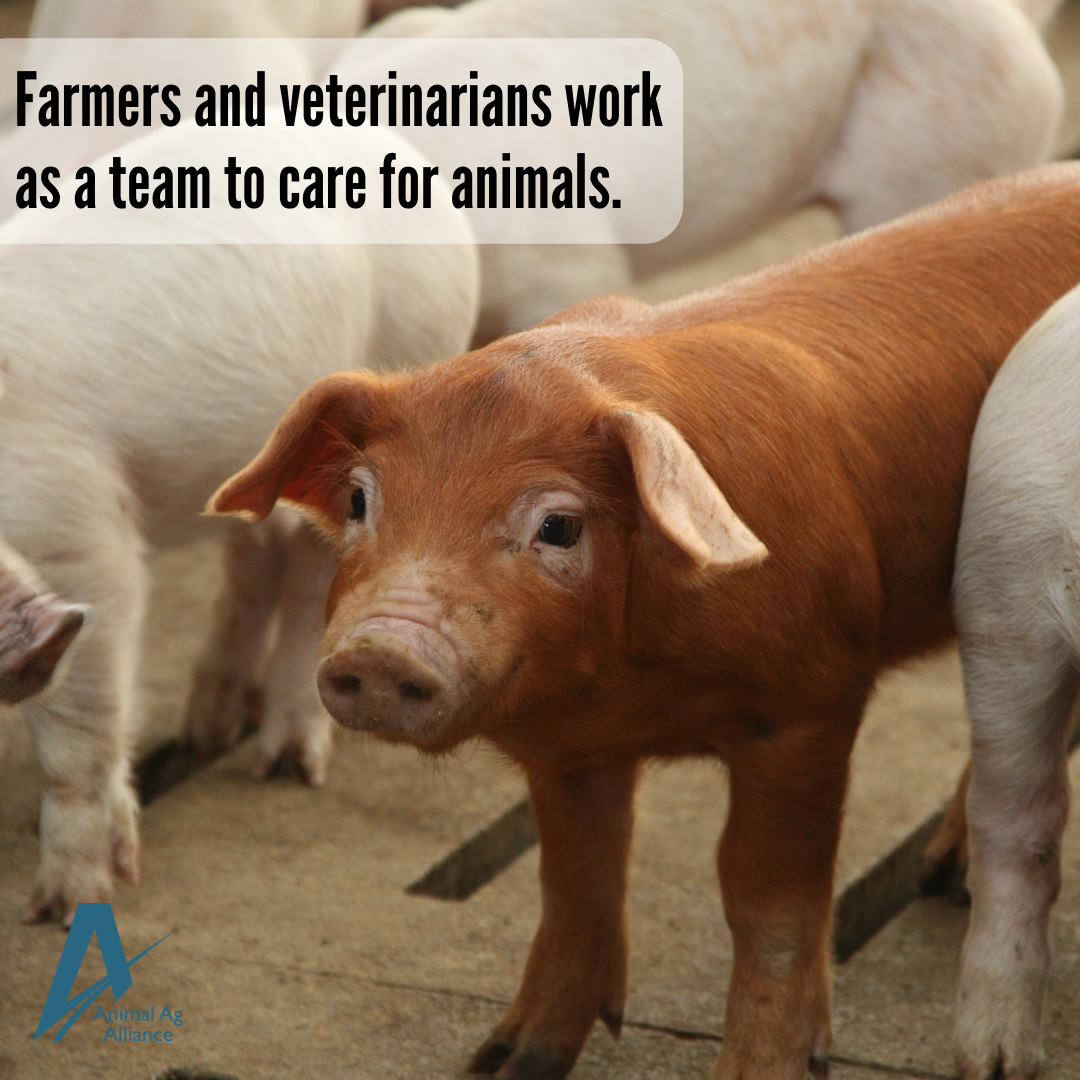
Like being a pig farmer, being a swine veterinarian isn’t easy. It requires a love of agriculture and a strong commitment to caring for animals. Veterinarians are some of the best and most vocal advocates of modern farming! https://bit.ly/2a6BkRW
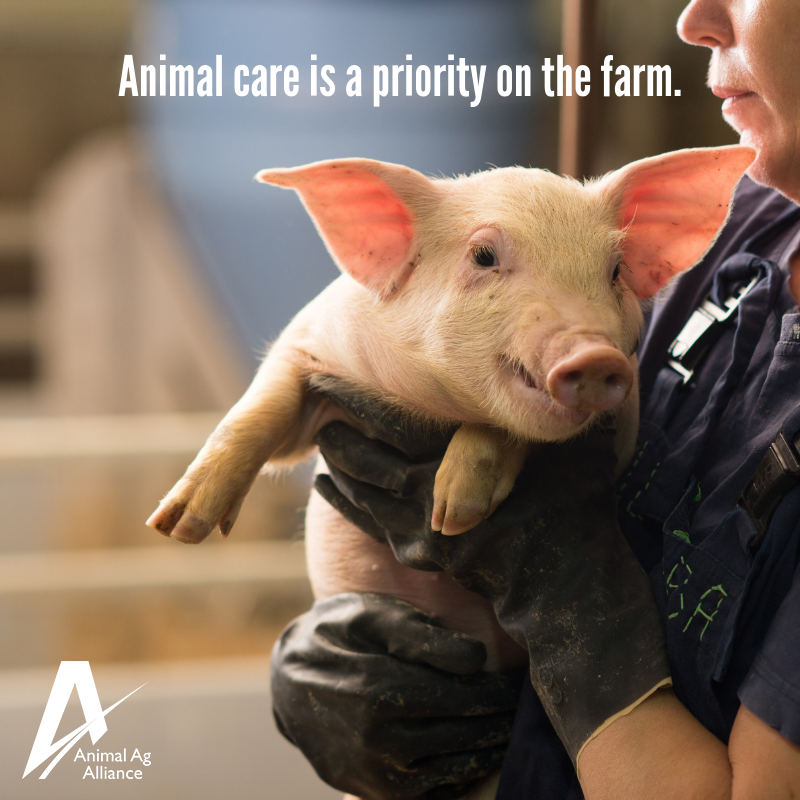
Farmers are dedicated to animal welfare each and every day. Everyone on the farm plays role – from farm owners and veterinarians to farmworkers and drivers, everyone has a major part to play in keeping their pigs happy and healthy! https://bit.ly/2JDiwPm
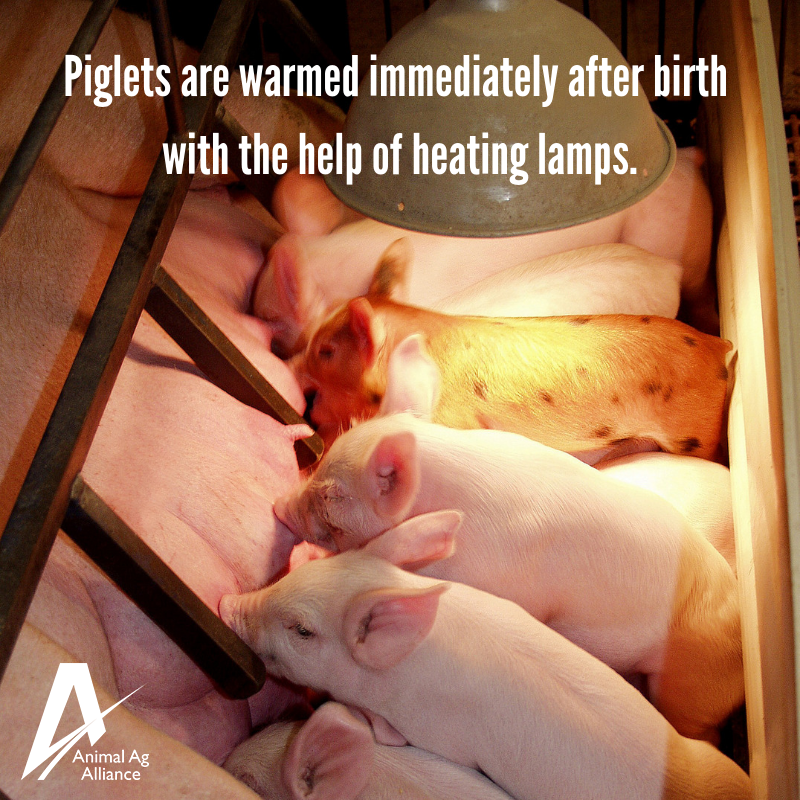
Farmers make sure each piglet gets off to a healthy start. https://bit.ly/2JC1JN1
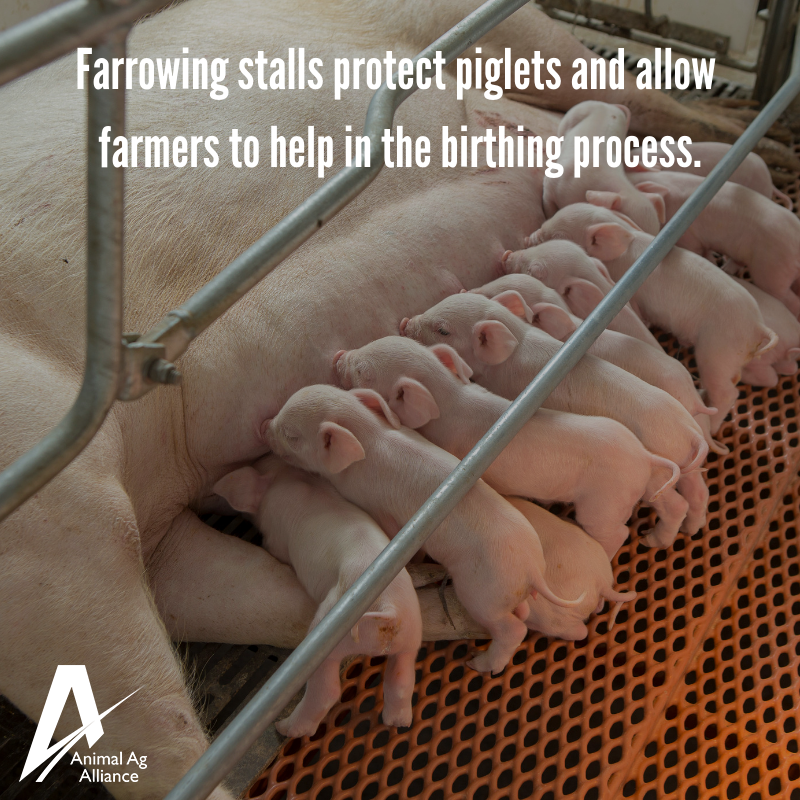
Farrowing stalls reduce the number of piglets that are accidentally laid on or stepped on by the sow! https://bit.ly/2YDmkUA

Most people wear clean shoes to work, and pig farmers are no exception! To ensure that harmful diseases are not introduced to their pigs, farmers enlist biosecurity measures such as wearing clean coveralls and boots and showering before entering the pig barn! https://bit.ly/2Qm5gMY
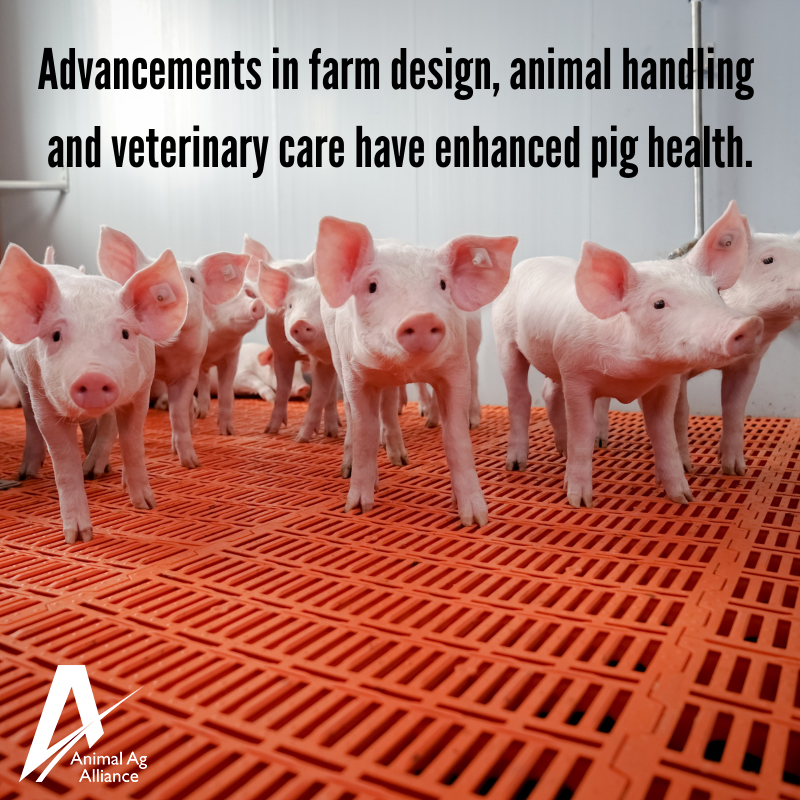
Advancements in modern pig farming and food production have helped farmers become more efficient and better equipped to care for their animals and manage their farming operations. https://bit.ly/2ViacrN
Category: Social Media
Tag: Pork, Social Media,
